What's it like to ride the Tour of Flanders sportive?
We travelled to Belgium to ride the famous cobbled climbs of the Tour of Flanders the day before the pros
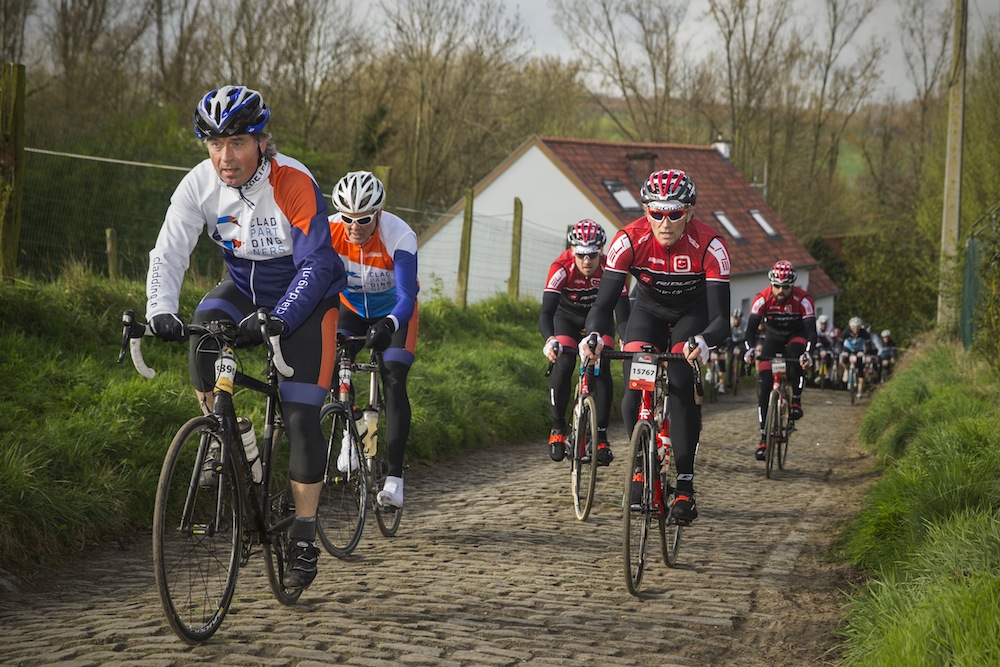

The Tour of Flanders Sportive ride takes place on the Saturday before the race itself and attracts 16,000 riders, of whom around 4,000 are from the UK.
The 2017 ride offered four routes: the full pro route covered 237km and started in Antwerp, finishing in Oudenaarde some 80km away. There was a 200km route starting in Antwerp too.
There were also 141km and 74km options starting and finishing in Oudenaarde. The benefit of finishing where you start is obvious, although all but the 237km route missed out the iconic Muur van Geraardsbergen. I opted for the 141km route.
From the start, you had around 9km of flat tarmac before hitting the first cobbled climb. The Wolvenberg is a fairly gentle 700m climb on a residential street with well-dressed cobbles, although it does pitch up to 17 per cent at its steepest.

For anyone used to UK climbs, the gradients will be familiar; they’re similar to roads in the Surrey Hills or Chilterns, but most of the Flanders climbs are shorter.
What sets them apart from UK climbs is the cobbles and narrowness. The former make progress harder while the latter can lead to your path being blocked by other riders and those who have taken to walking.
>>> 17 of the best international sportives to ride in 2017
Get The Leadout Newsletter
The latest race content, interviews, features, reviews and expert buying guides, direct to your inbox!
Fortunately, crowding was only an issue for me on two climbs: the Koppenberg and the final climb of the day, the Paterberg. In general the 16,000 riders are well spread out, although the feed stops are huge and busy.
Interspersed between the climbs are flat sections of cobbles. The advice is to ride them hard, so that the bike floats over the bumps.
Nevertheless they are hard going, particularly the descents, with my eyes feeling as if they were about to pop out by the end of some of the longer ones. The majority of the course is on undulating tarmac roads though, so there’s time to recover in between.
On to the Koppenberg
The first feed zone came after 30km. Choosing to skip this, the climbs and cobbled sections ticked by until the next feed zone at 77km, in an industrial park on the edge of Oudenaarde. There was a huge number of riders here; I quickly tracked down an energy drink, packaged waffles and banana halves before heading out.
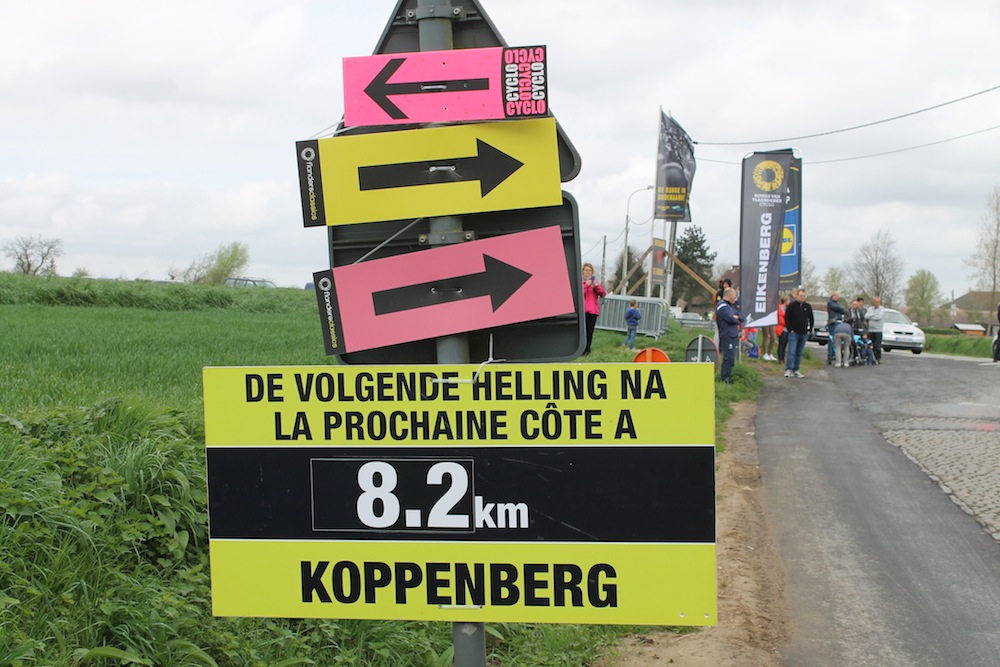
It was only 4km from the feed station to the Koppenberg, one of the iconic climbs on the route. Turning onto the narrow climb, it was apparent that getting past the many riders choosing to walk would be difficult and I opted to join them. It was hard enough to walk up the cobbles with road cleats.
More climbs, cobbles and another feed station brought me to the long, fast descent to the base of the Oude Kwaremont, scene of Philippe Gilbert’s race-winning move and Peter Sagan's crash the following day.
>>> Can an amateur with a motor beat Johan Museeuw up the Kwaremont?
Even the day before the race, the road was lined with spectators cheering on the riders, with VIP marquees also set up for the next day. Not particularly steep, the Oude Kwaremont was followed by a ride along a narrow bike path to reach the Paterberg.
Watch: How to ride on cobbles
At 400m long, the Paterberg is short, but it ramps up to 24 per cent. I might have made it to the top, but with a rider stopping ahead, other riders changed their lines and I found myself riding the earth at the edge of the cobbles. When another rider moved right, it was either stop or ride into a ditch.
From the Paterberg, there’s a fast descent then the wide flat road to the finish, where groups of riders were heading to the line at 30kph plus. Running past the grandstands and over the finish line was certainly a fitting culmination to the ride.
The bike
Cycling Weekly was a guest of Belgian bike brand Ridley and rode its new Fenix SL Disc. It’s one of the new breed of endurance machines with 12mm thru-axles, hydraulic disc brakes, clearance for tyres up to 30mm and a position which is not overly upright.
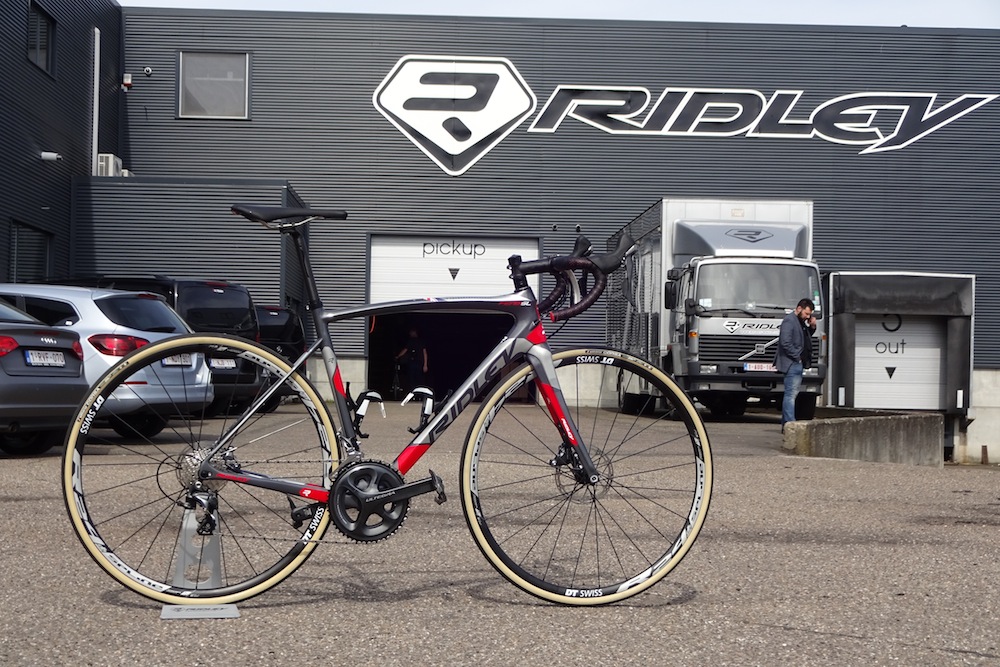
We ran 28mm Vittoria Corsa tyres. It’s definitely an advantage on the cobbles to have wider tyres which can be run at lower pressures, helping with grip and smoothing out the bumps. Among a group of ten journalists, there were no punctures on the ride.
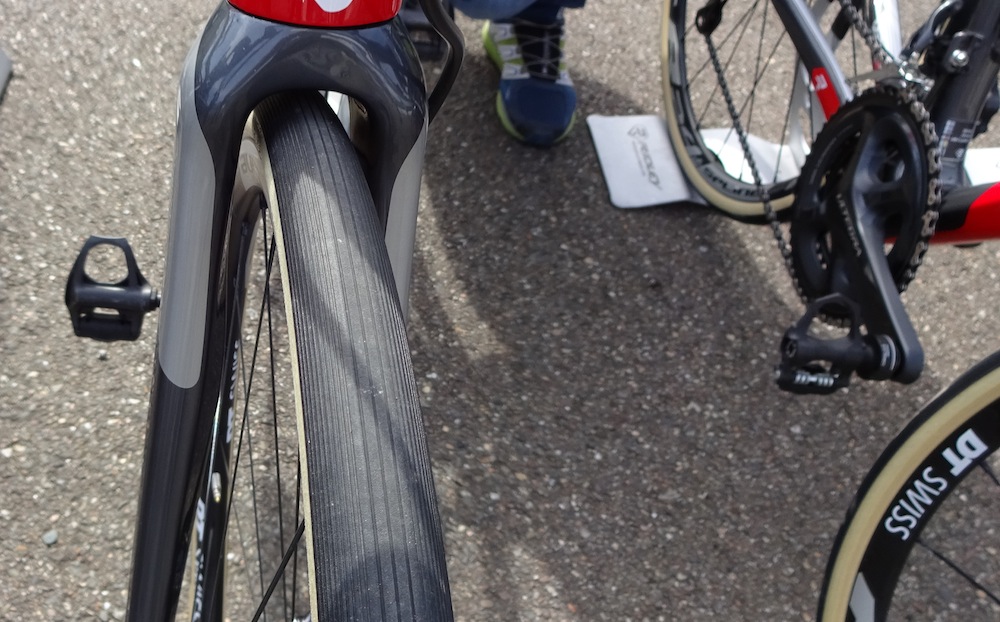
The bike was equipped with Shimano Ultegra mechanical shifting with hydraulic disc brakes. Ridley had kitted it out with a semi-compact 52/36t chainset and an 11-28t cassette. If you can get up hills in the UK with those ratios, the climbs on the sportive shouldn’t pose any problems.
Spectating the Tour of Flanders
With the Tour of Flanders the next day, there’s an opportunity to see how the pros do it. Since the race follows a convoluted route around Oudenaarde, it’s relatively easy to find places where you can see the riders pass multiple times, or move to see them pass at a different point.
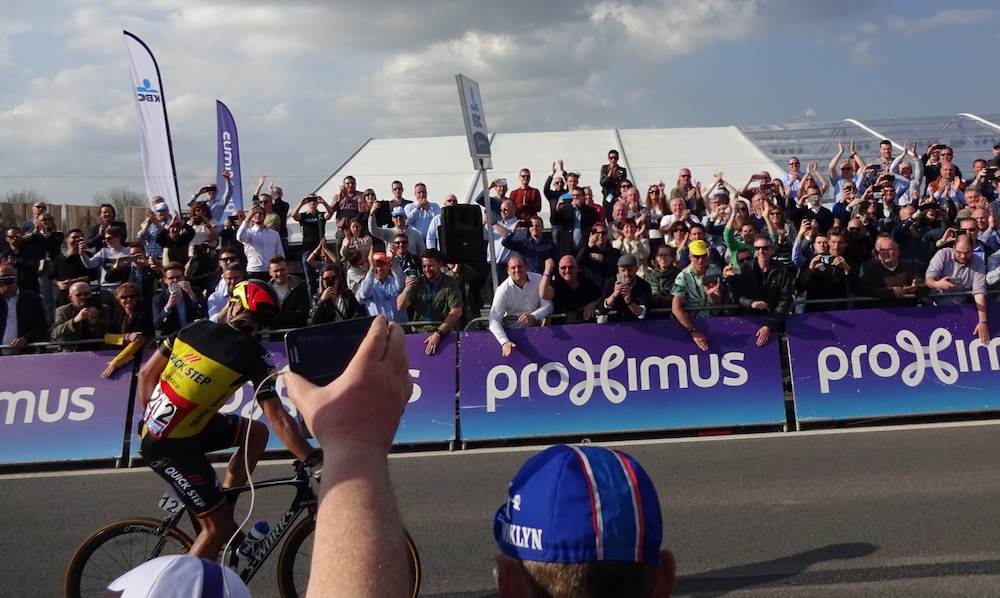
Even in small towns on the route from Antwerp there are crowds though and at some key points people stand four or five deep, so your view may be limited. Accessing the finishing straight is also quite difficult due to road closures and the large crowds.

Thank you for reading 20 articles this month* Join now for unlimited access
Enjoy your first month for just £1 / $1 / €1
*Read 5 free articles per month without a subscription

Join now for unlimited access
Try first month for just £1 / $1 / €1
Paul started writing for Cycling Weekly in 2015, covering cycling tech, new bikes and product testing. Since then, he’s reviewed hundreds of bikes and thousands of other pieces of cycling equipment for the magazine and the Cycling Weekly website.
He’s been cycling for a lot longer than that though and his travels by bike have taken him all around Europe and to California. He’s been riding gravel since before gravel bikes existed too, riding a cyclocross bike through the Chilterns and along the South Downs.
-
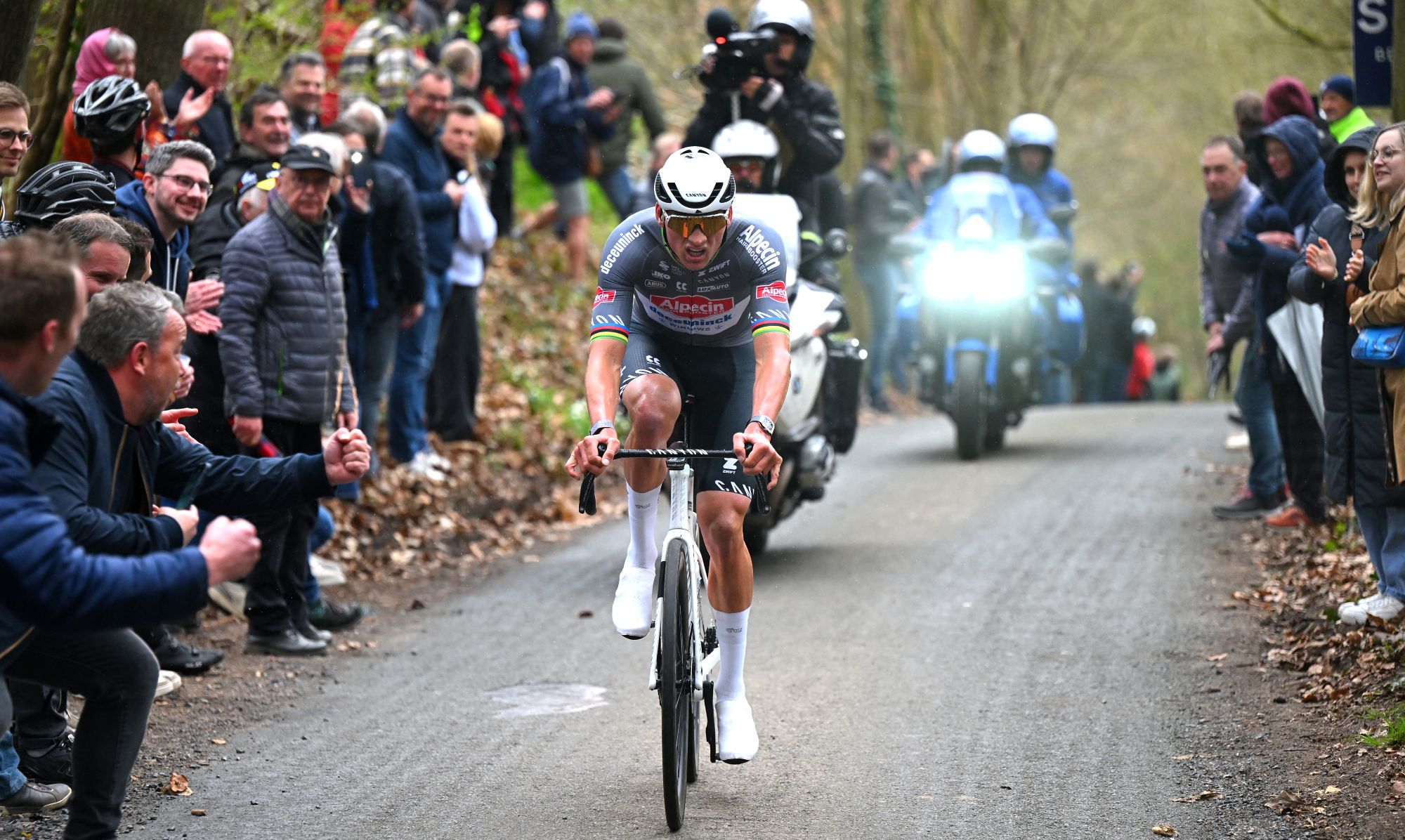 'I start every race to win' - Mathieu van der Poel fired up ahead of Paris-Roubaix showdown with Tadej Pogačar
'I start every race to win' - Mathieu van der Poel fired up ahead of Paris-Roubaix showdown with Tadej PogačarTwo-time winner says he has suffered with illness during spring Classics campaign
By Tom Thewlis Published
-
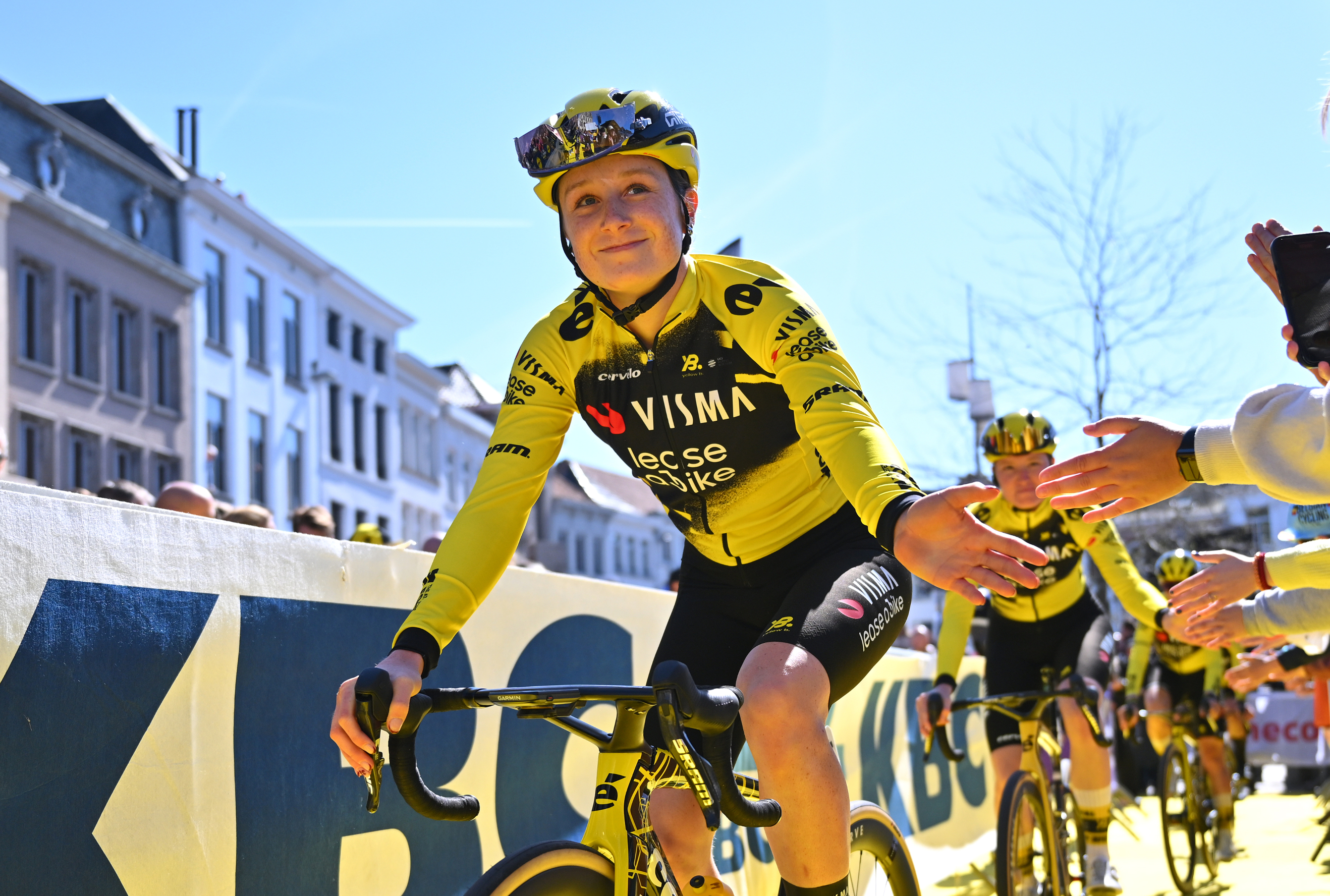 'It's really surreal that now I'm part of it' - 19-year-old Imogen Wolff set to go from spectator to racer at Paris-Roubaix
'It's really surreal that now I'm part of it' - 19-year-old Imogen Wolff set to go from spectator to racer at Paris-RoubaixBrit first came to see the 'Hell of the North' when she was six
By Tom Davidson Published